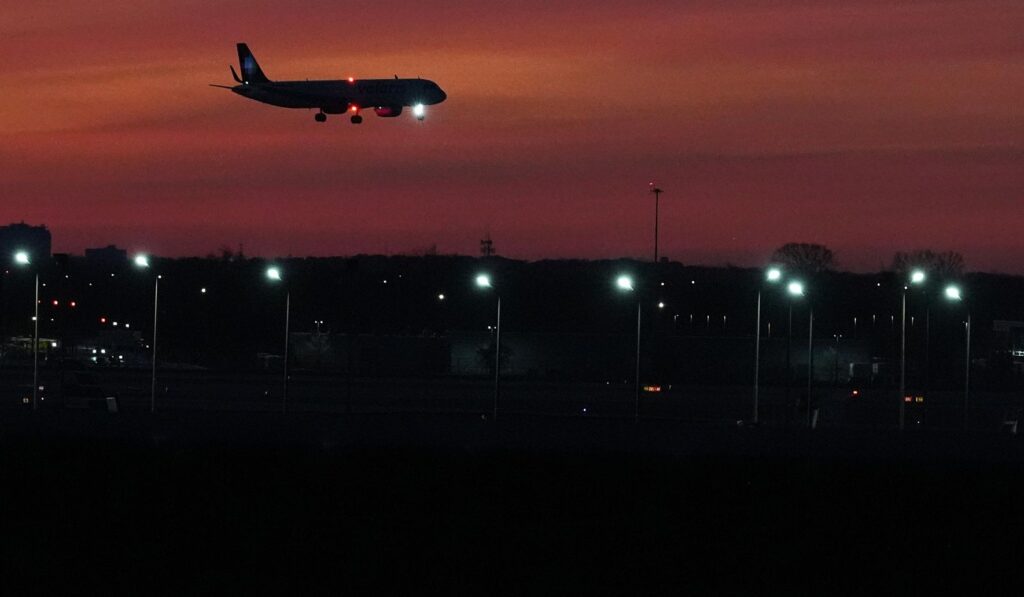The Department of Transportation says flight reductions at 40 major U.S. airports will stay at 6 percent instead of increasing to 10 percent by the end of the week because more air traffic controllers are coming to work.
Airlines and travelers can breathe a little easier after a last-minute change in staffing patterns at key airports. The planned jump from 6 percent to 10 percent in flight reductions has been paused, and the Department of Transportation confirmed the shift came as additional air traffic controllers reported for duty. That doesn’t erase disruption, but it does lower the immediate risk of broader cancellations.
Keeping reductions at 6 percent still means fewer flights than normal and some painful schedule changes for passengers. Airports involved are among the busiest in the country, so even a seemingly small percentage change translates into thousands of seat adjustments and reroutes. Airlines will still have to juggle crews, gates, and connections to minimize the ripple effects through their networks.
For travelers, the message is simple: expect some turbulence in planning even if the worst-case scenario was avoided. Passengers should verify itineraries as flights can be altered with little notice when staffing levels shift. Airports typically publish advisories and airlines notify customers directly, but the situation remains fluid and could change if attendance dips again.
Industry insiders say the decision to hold reductions steady was driven by improved controller attendance and active management from federal authorities. The Department of Transportation is coordinating with the Federal Aviation Administration and airport operators to monitor conditions hour by hour. That coordination aims to ensure safety while preserving as many scheduled flights as possible.
Airlines have already been adjusting schedules in anticipation of the higher reduction rate, and some of those changes may now be revised. Reinstating flights or reallocating aircraft will take time and can’t always be reversed cleanly, so travelers may still see altered departure times or different equipment on their routes. Customer service lines and airport help desks will be busy helping passengers navigate those shifts.
Air traffic control staffing is a critical backbone for timely operations, and even modest shortages create outsized problems. When staffing dips, controllers manage fewer flights per hour to maintain safety margins, which forces a cap on airport throughput. Restoring personnel to expected levels directly increases capacity and reduces the need for forced reductions in service.
Business travelers and airports staff are watching for how long the improvements will last and whether the show of increased attendance is stable. If controller availability holds steady, airlines will have room to recover some lost capacity and improve connections over the coming days. If attendance falters again, managers say they are ready to reapply limits to protect safety and prevent chaotic cascades of delays.
Regulators and carriers both stress that safety remains the top priority, even when operational headaches pile up. The Department of Transportation’s update emphasized the link between controller presence and the size of mandated reductions, underlining that policy choices follow staffing realities. For now, that link is working in travelers’ favor by keeping reductions at 6 percent.
Practical advice for flyers: confirm flights before heading to the airport, allow extra time for rebooking if necessary, and keep backup plans in mind. Airports and airlines are prioritizing customer notifications, but the most reliable source of real-time status is the carrier’s own alerts and boarding information. The situation could evolve, but the immediate threat of a jump to 10 percent has been averted thanks to more controllers coming to work and the Department of Transportation’s oversight.



